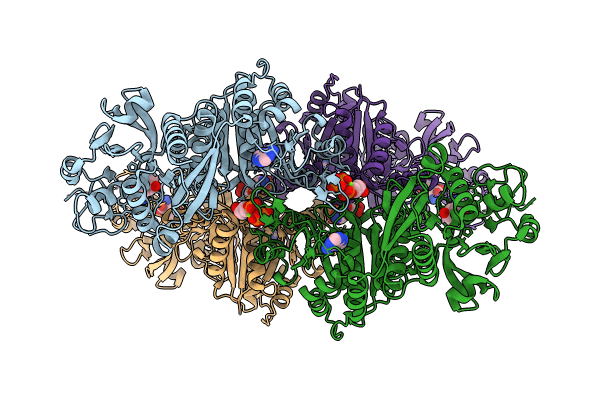
Deposition Date
2023-02-07
Release Date
2024-02-14
Last Version Date
2024-07-24
Entry Detail
Biological Source:
Source Organism:
Escherichia coli 'BL21-Gold(DE3)pLysS AG' (Taxon ID: 866768)
Host Organism:
Method Details:
Experimental Method:
Resolution:
2.90 Å
Aggregation State:
FILAMENT
Reconstruction Method:
SINGLE PARTICLE


